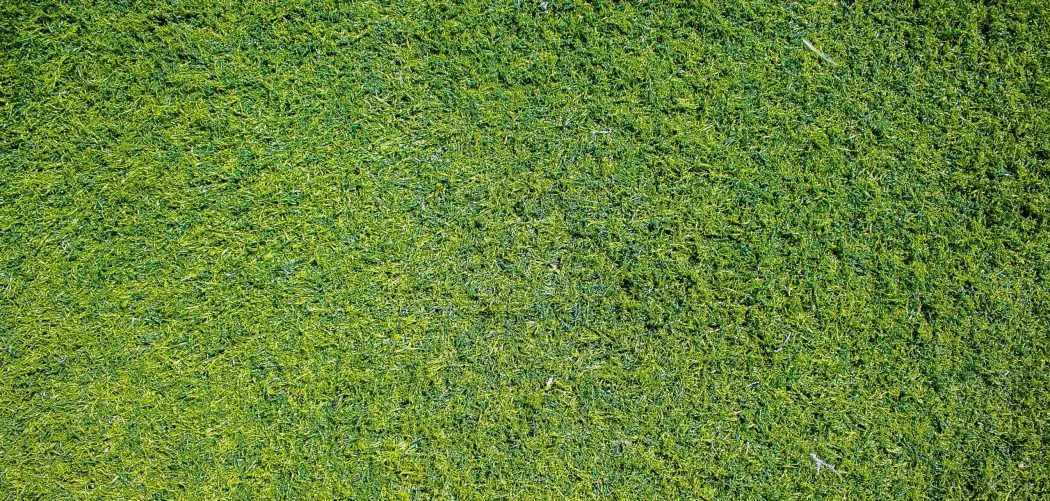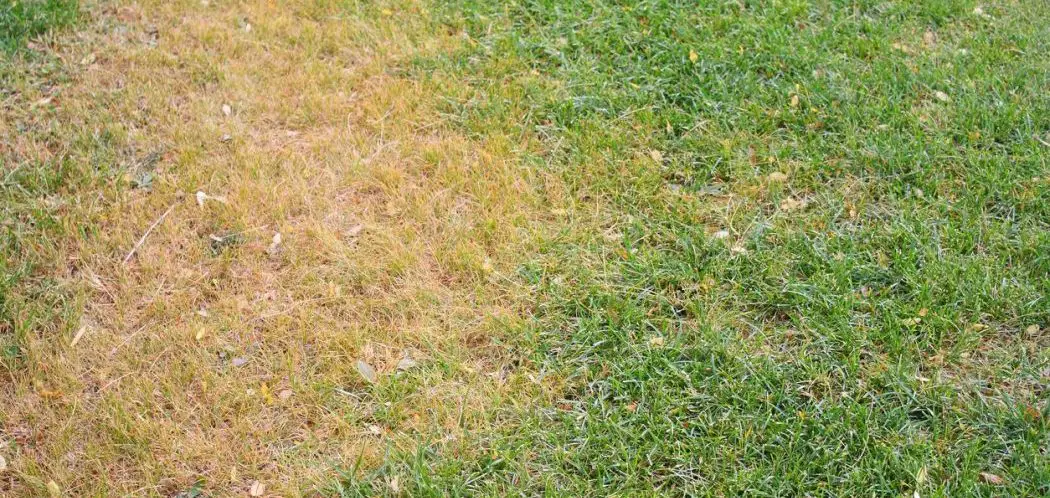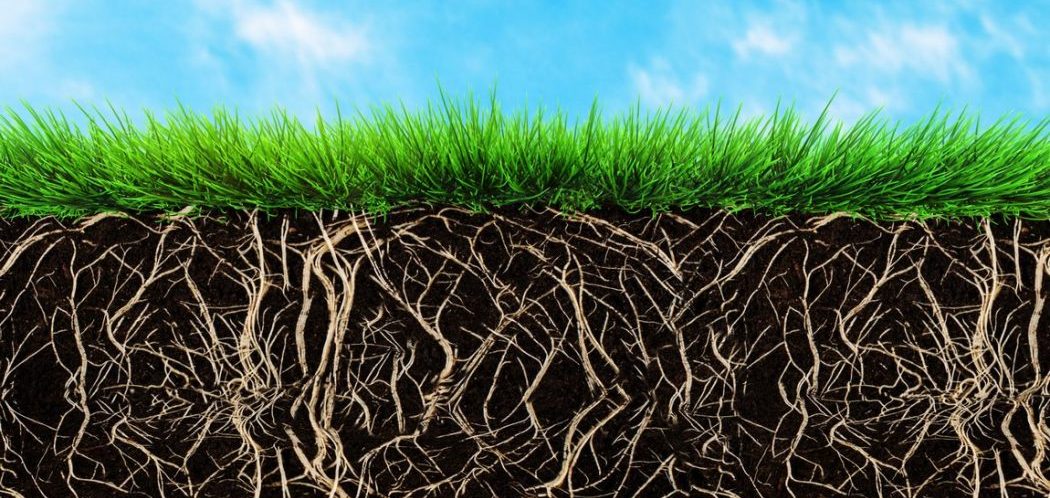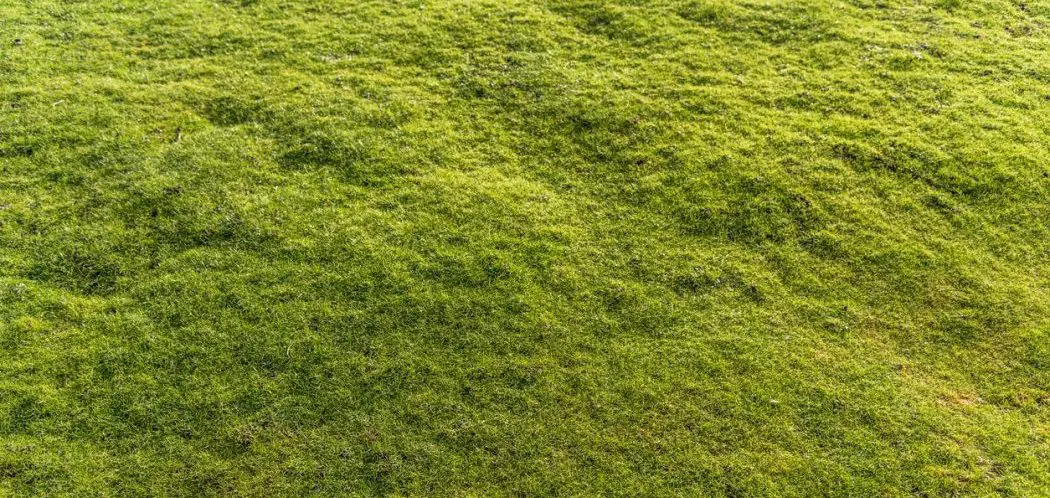Even the most beautiful lawn can be prone to bare spots. They can appear for a number of different reasons. For example, you might have wild animals hunting for grub worms at night, or maybe your grass is infected with a disease. It can be tricky to know what to do with these spots. You’re probably wondering if you need to take some action or will your grass fill in the bare spots on its own?
To understand what’s going on in your lawn, you need to know what caused the problem first. Then you can work on finding it how to repair it.
In short – will grass fill in bare spots on its own?
It mainly depends on the type of grass you have in your yard since different grasses will respond in their own way…
Some will spread to fill in the bare spots, while others do not. If you have Kentucky bluegrass or Bermuda grass, these types of grass have runners. These are stolons that are like vines above the ground along with rhizomes under the ground that are similar to stems. They are able to make new grass that spreads to fill in the bare you are seeing.
There are a few other types of grass that have runners, including:
- Zoysia grass
- Centipede grass
- Red fescue
- St. Augustine
If you have other types of grass, you might need to fill in the bare spots yourself. It’s important to know what kind of grass you have so that you can find out whether your grass will fill in or whether you need to repair it.
What Causes Bare Spots in the Yard?
Bare spots in the lawn can have a number of causes.
Grubs
You might have grubs in the soil feeding on the roots of the grass. These can also attract wild animals that feed on them. Grubs are the larva of Japanese beetles, June bugs, and other beetles. If your lawn has a large number of them, they can destroy the roots of your grass. It won’t be able to take root in the ground, and you will end up with bare patches on your lawn.
Animals
Wild animals feed on the grub worms, and racoons and skunks will come at night and dig up the grass to get to this food source. If the roots of the grass are already damaged, it is easy for these wild animals to dig up the grass and leave bare patches in your lawn.
Another possibility is that your pet dog or cat is urinating on the lawn. The urine will burn the grass, which kills the grass.
Disease
In addition, your grass can be infected with a disease. Fungal diseases come from various factors in the environment, and properly caring for your lawn will reduce the likelihood of this happening.
Your grass can be damaged by chemical spills or gasoline, and they can be harmed by too much fertilizer. There are a number of different issues that can lead to bare patches in your grass, and you will need to repair them.
How to Repair Bare Spots in the Lawn
How you repair the bare spots in your lawn will depend on what caused them. If you have grubs, you will need to get rid of them. This will also help you get rid of nocturnal animals such as racoons or skunks. When you remove their food source, they are less likely to come and dig up your yard.
If you have a dog that is urinating in a spot on the lawn, you will want to water the area to move the salt from the urine through the soil. Then, you can rake the soil up and make sure that it is level. You will need to reseed the area.
These chews work great for burn spots caused by dog urine.
Another cause is disease, and you will want to remove the top layer of the soil and clear away the dead grass. You should mix some new soil and make sure that it is level. You will need to overseed the area and be sure to water it so that the grass grows in the bare spots.
After you repair the bare spots, you should continue to maintain your grass as you do the rest of your lawn, but you may need to give it extra water. Eventually it will fill in and your lawn will look great again.
How to Keep a Healthy Lawn
The most important thing in maintaining your lawn is that you know what kind of grass you have. Some grasses can spread and fill in bare patches, while other types will require that you fill the patches in yourself. If you aren’t sure what kind of grass you have, you can ask a lawn care professional or wait to see if the grass spreads on its own.
Grass can seed itself under certain conditions, but it won’t if you mow it regularly. The grass needs to reach a certain height before it will create seed. Grass seeds come from grass flowers called inflorescence. The grass needs to have a certain number of leaf blades before it will flower. Most people do not have their grass reproduce this way because you would need to allow the grass to grow too long.
You need to remove weeds from the lawn because they will suffocate the grass by competing for nutrients, sun, and water. You can use a weeding tool, a hoe, or a weed-killer. Thatching is a matted accumulation of grass that can cause patches of grass to die, so you will want to locate and remove thatch when you see it. Another important aspect of lawn care is making sure that the lawn is watered properly, and you will need to apply grass seed to any bare spots. In the spring or the early fall, you should overseed the lawn. You can use a spreader to make sure that it is even throughout the lawn, and you will have fewer bare patches throughout the year.
Some Final Words
If you have bare patches in your yard, it can be easy to jump to quick conclusions about the cause and what you should do about it. It’s a good idea not to make rash decisions and to take your time while doing proper research. Your actions will likely depend on what type of grass you have since some grasses have the ability to fill in bare spots on their own.









